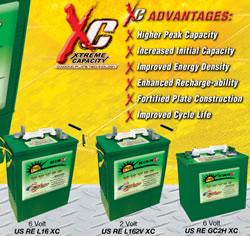FCC's National Broadband Plan
The Federal Communications Commission (FCC) unveiled the first U.S. National Broadband Plan on Tuesday morning. And — what we're particularly interested in — there's an entire chapter on Energy and the Environment (Chapter 12, Page 245). The National Broadband Plan looks at how broadband can be used to build out a smarter power grid, make information technology more efficient and make transportation cleaner. Some recommendations include: States should reduce impediments and financial disincentives to using commercial service providers for Smart Grid communications. The Federal Communications Commission (FCC ) should start a proceeding to explore the reliability and resiliency of commercial broadband communications networks. The National Telecommunications and Information Administration (NTIA) and the FCC should continue their joint efforts to identify new uses for federal spectrum and should consider the requirements of the Smart Grid. Congress should consider amending the Communications Act to enable utilities to use the proposed public safety 700 MHz wireless broadband network.
Comments (0)
This post does not have any comments. Be the first to leave a comment below.
Featured Product

